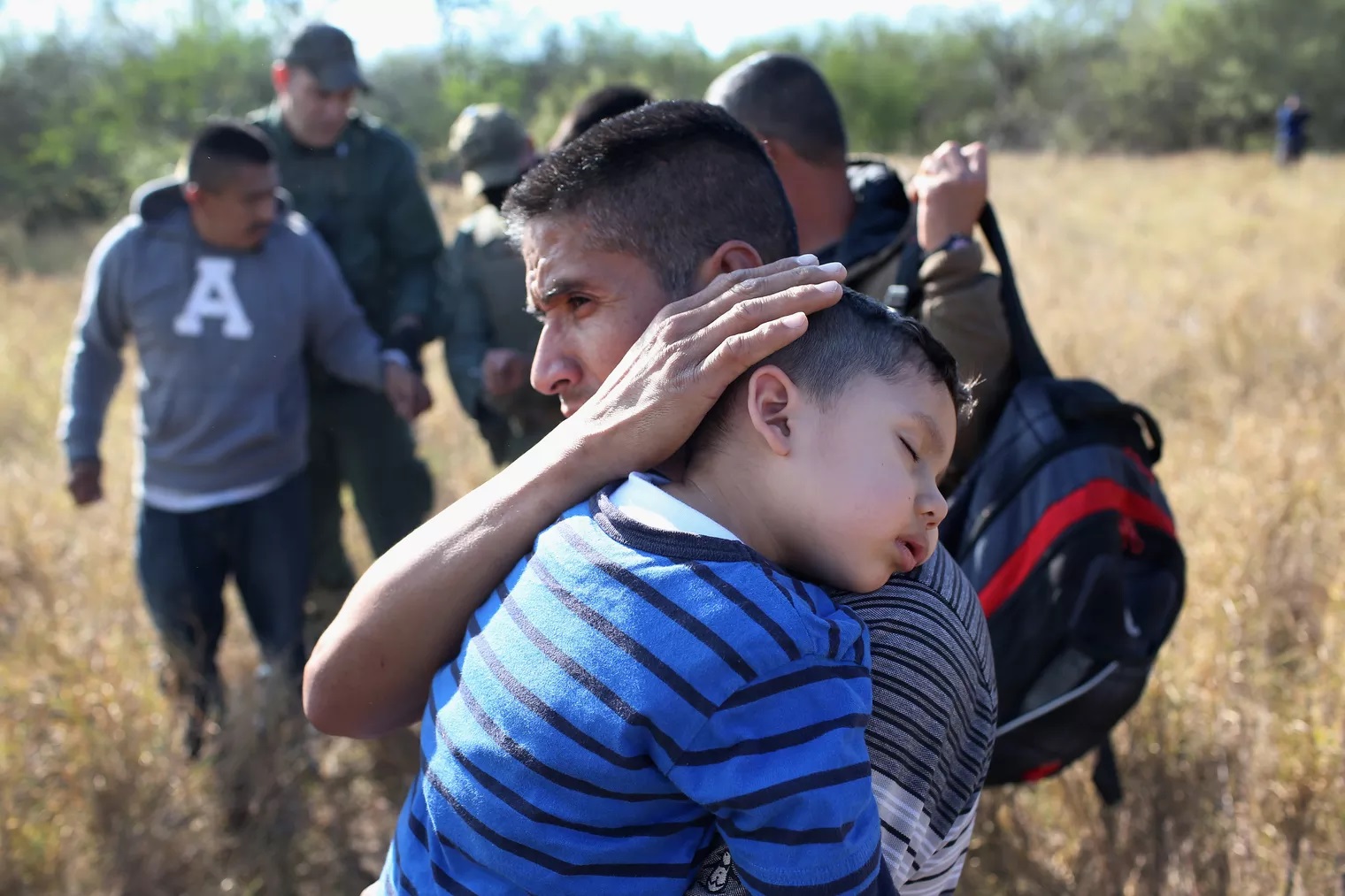
While this project focuses heavily on research of national values in immigration policy, the space where these practices are amplified is at the border. While I have mentioned this fact in my last two letters, since living and working at the border for almost the entirety of the summer now, the intersections of race, identity, and culture collide sevenfold in the midst of a pandemic and a racial awakening for Black Lives Matter.
While I spend some time working on the research component of this project, the rest of my time is spent living and working at Annunciation House, a migrant shelter in El Paso, TX. The organization requires that all volunteers live in the shelter and among the people here to take part in an act of solidarity amongst migrant communities. I end most days here exhausted- physically and emotionally. The stories and people I have gotten to know while living here have dispersed my preconceived notions, and, although I only have 3 weeks left here, I definitely am unpacking how this summer has influenced me for much longer than that.
When redesigning my project in the face of a global pandemic, I realized the importance of documenting and recording the experiences of migrants during COVID. Health, and especially pandemics, do not affect people equally. Race and class bear significant weight on the possibility of contagion, with racial and socio-economic marginalization placing one at higher risk with subsequent worse access to healthcare. Studies have been documenting the racial disparities of COVID, but living among the non-citizen, Latinx community compounds the effects of so many issues in the US. Latinos have the highest rate of COVID-19 cases per 10,000 people, systemic racism in all sectors of the country- housing, education, workforce, healthcare- have placed the migrant community especially vulnerable.
The stories I have heard from those detained are absolutely abhorrent and disgusting. Not only do they speak of crowded, unsanitary detention center facilities (particular vulnerable to COVID spreading), but on multiple accounts those released from detention centers have often mentioned doctors coming in to spread misinformation in the facility, whether that is telling migrants that they aren’t allowed to wear masks to cover their faces to stop spread and rather they just have to live with it or outright denying the existence of the virus. The utter lack of care for those detained is horrific, and it is imperative to spread information about these conditions normally, but increasingly so during a pandemic. High cases in detention centers are likely to go unreported and migrant deaths to be blamed “naturally” on COVID rather than our violent, racist immigration policies.
Additionally, for those released from detention, undocumented poeple are not genrally able to apply for healthcare and are usually forced into jobs in sectors with the highest rates of contagion. Even from the moment you attempt to cross the intensely militarized border, the US has used COVID-19 as a way to implement immigration policies that violate both international and federal law in the name of “public health,” while not even mandating masks in the rest of the country. While there were more than one thousand people coming to Annunciation House last summer, numbers have gone down to single digits because of Trump’s closure of the border. People not have stopped crossing the border, but they are rather immediately detained upon arrival. Trump is using COVID as an excuse to further his harsh immigration policy.
An article from the Atlantic sums it up well: “The administration has compounded the injustice by blocking almost all asylum applications from refugees trying to cross the border, despite the fact that such a measure violates both American and international law…” Rather than actually impose public health regulations requiring masks and placing us on lockdown to stop the spread of the virus, Trump has instead taken to closing the border to further exclude migrants. The intersection of COVID-19 and immigrant at the border is terrifying but important to monitor and critically assess what policy is for public health and what is only to further an anti-immigrant agenda.

